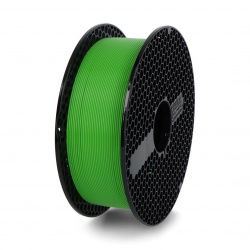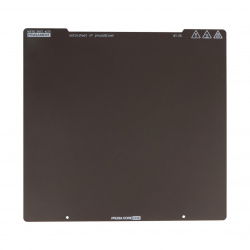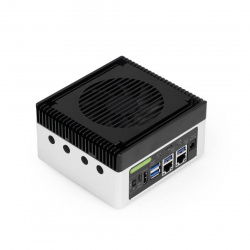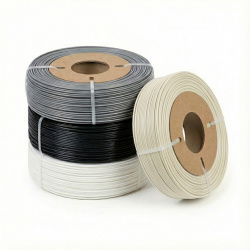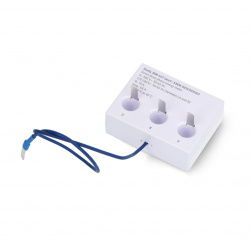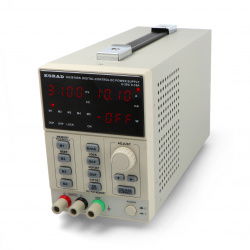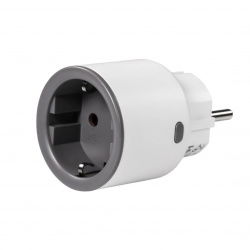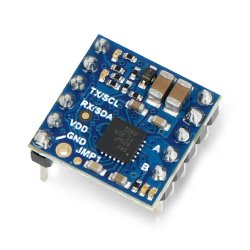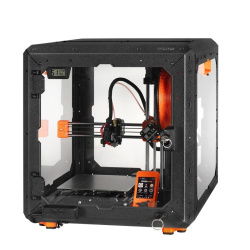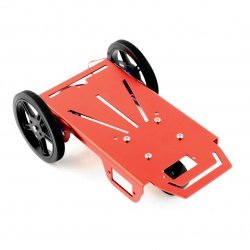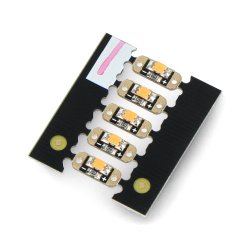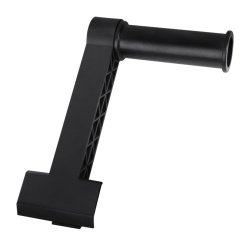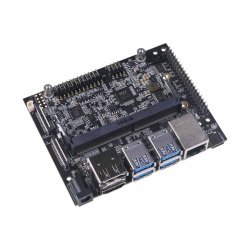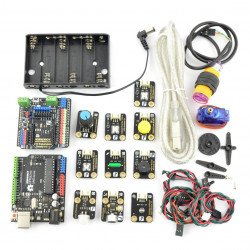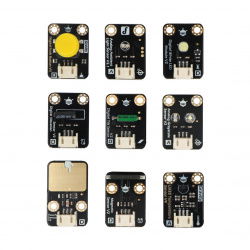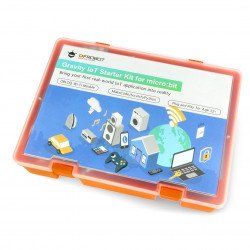Gravity - starter kits
DFRobot Gravity StarterKit with DFRduino Uno
Starter set introducing the world of Arduino programming. It allows for the construction of more than a dozen of projects using Arduino and i.a.: servos, LEDs, distance and...DFRobot Gravity DFR0018 - set of 9 modules with cables for Arduino
A set of 9 popular modules compatible with Arduino boards. It has 7 sensors, including: light, temperature, touch, rotation, vibration sensors, and the button and the module...Gravity - IoT starter kit for BBC micro:bit - DFRobot KIT0138
Starting set for the micro:bit minicomputer. Allows you to create simple IoT projects by novice users. The kit includes such elements as: BBC board micro:bit, extension board...Gravity - Arduino Zero to Hero Kit - DFRobot KIT0133
A set of electronic components with an online course created by Australian engineer: Sanjin Dedić. The set includes DFRduino Uno R3 board (compatible with Arduino Uno),...See also
- Gravity - base hats
- Gravity - accelerometers and gyroscopes
- Gravity - actuators
- Gravity - gas & dust sensors
- Gravity - medical sensors
- Gravity - distance sensors
- Gravity - current sensors
- Gravity - temperature sensors
- Gravity - force sensors and limit switches
- Gravity - light and colour sensors
- Gravity - LED
- Gravity - encoders and potentiometers
- Gravity - converters
- Gravity - communication modules
- Gravity - sound modules
- Gravity - relays
- Gravity - buttons, keys and joysticks
- Gravity - cables
- Gravity - displays
DFRobot Gravity - universal system for analog and digital sensors
Perhaps the most valuable advantage of the Gravity system is the fact that the connections between the individual components of the device are based on standardised cables with raster connectors. Thanks to the use of sockets and plugs with a key, it is not possible to plug the cable into the sensor module in reverse. This greatly simplifies the assembly of the prototype and protects delicate ICs from burning due to incorrect polarity of the supply voltage. Among the Gravity modules we can distinguish three basic groups: sensor modules with digital or analog output, equipped with a 3-pin connector and modules with a chip communicating via I2C (and thus equipped with a 4-pin raster socket). It is worth noting that although the vast majority of modules from the Gravity series belong to the above-mentioned groups, you can also find versions with two digital outputs (e.g. module with two buttons) or 3-pin executive modules (e.g. board with electromagnetic relay).
DFRobot Gravity DFR001 - kit of 3-pin digital and analogue sensors
The DFRobot Gravity DFR001 is a popular starter kit, containing as many as seven different types of sensors, which can be easily handled by any microcontroller operating at 3.3V or 5V. The kit includes both analog and digital sensors, as well as two add-on modules: one with an LED and one with a tact-switch button. The user has analog sensors for light intensity, temperature and gray scale, as well as digital sensors for touch, magnetic field, vibration and tilt. The sensors work perfectly with any module compatible with the Gravity system (e.g. Gravity IO Expansion Shield, Romeo v2 controller or LattePanda single board minicomputer).
DFRobot Gravity StarterKit - everything you need to start your adventure with electronics!
A great option for beginners in electronics and microcontroller programming is the comprehensive DFRobot Gravity StarterKit. The kit includes the Arduino Uno compatible DFRduino Uno v3 board, the DFRobot Gravity IO Expansion Shield, and a set of components necessary to get started. In addition to the basket for 6 AA size batteries, USB cable and a set of connecting cables, the box also contains a set of sensors and actuators, allowing you to implement both the example projects described by the manufacturer, as well as hundreds of your own circuit concepts. The list of sensors includes an analogue light intensity sensor with a measurement range from 1 Lux to 6000 Lux, an analogue sound detector, as well as digital sensors: distance, motion and tilt. The user also gets modules with a buzzer, a rotary encoder, a pushbutton, and three small boards equipped with LEDs (red, green, and yellow).






























































































































































































































































































































